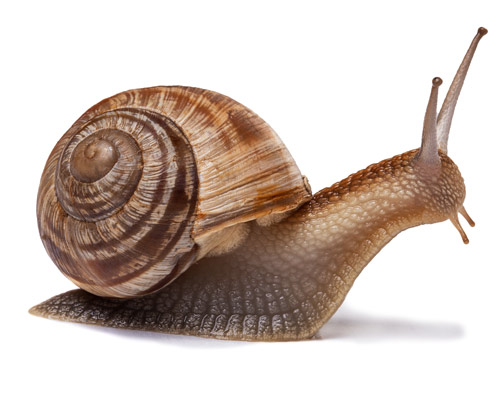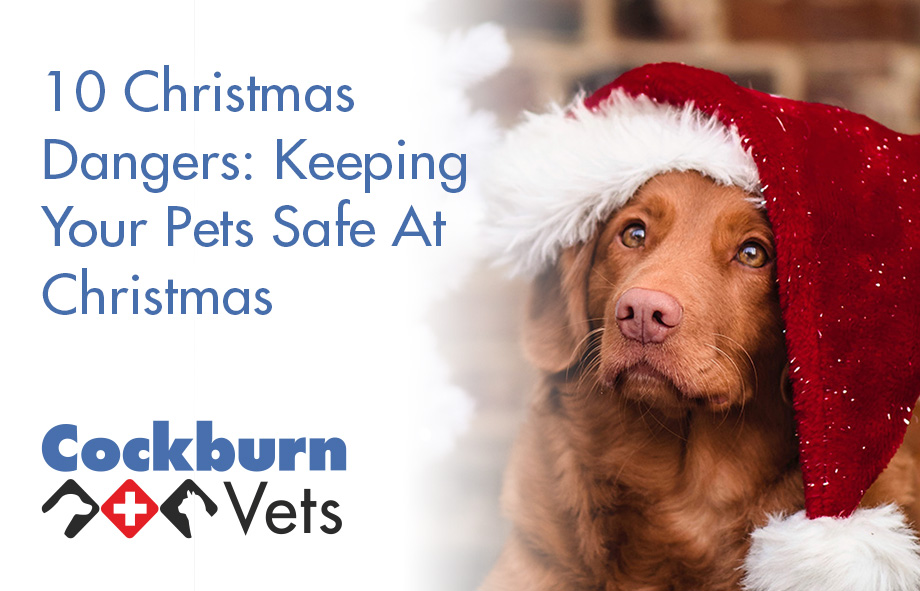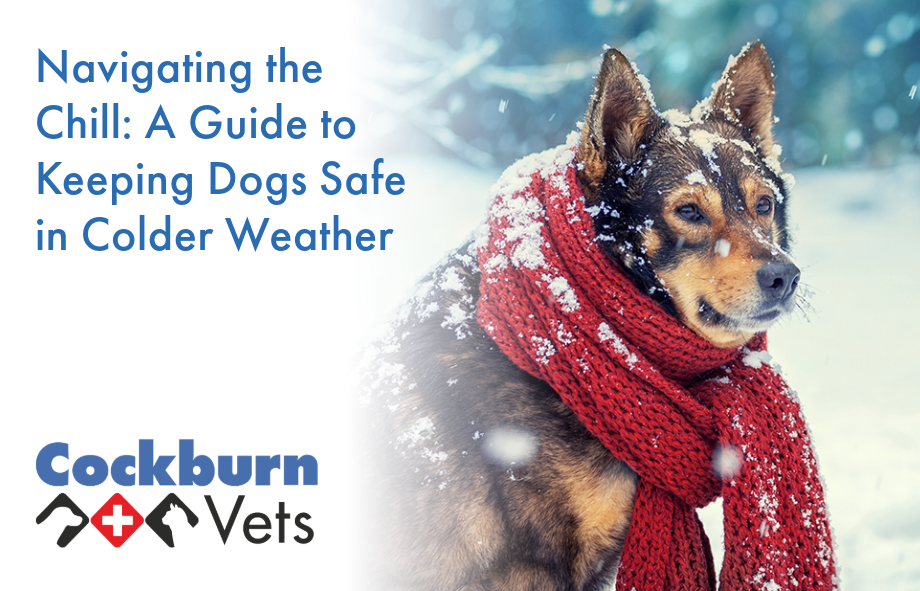What is lungworm?
Lungworm, or to give it it’s proper name, Angiostrongylus vasorum, is a worm that is found worldwide.
In the United Kingdom it affects dogs and foxes and although the disease caused by it used only to be a problem in southeastern England and south Wales, unfortunately it has become widespread in central England and is becoming more prevalent in northern England and Scotland.
At our practice we sadly see dogs which are suffering from this easily preventable disease. With research uncovering a link between the prevalence in foxes and the incidence of the disease in dogs, scientists think that foxes may act as a reservoir for the disease – so it’s perhaps not surprising given the number of foxes we see locally that we’re seeing more and more pets affected by this dangerous disease.
How does my dog catch lungworm?
Dogs can catch lungworm by eating infected snails or slugs which are carrying the parasite as part of its lifecycle. They cannot catch lungworm directly from other dogs. This link with slugs and snails means that dogs which carry sticks, eat grass, eat food left outdoors where snails or slugs may have been, drink from dirty puddles, or eat pooh (as slugs and snails are particularly attracted to this!) are at a higher risk of catching the disease.
Although frogs and chickens have also been found to act as a host for the parasite, giving a further potential source of infection if eaten, infection in this way is thought to be rare.
Once eaten the lungworm larvae develop inside the dog moving through their body to live in the blood vessels and heart. Adult lungworm are able to survive for up to 5 years and an infected dog can excrete up to an amazing 17,000 larvae per gram of faeces! This means that a dog could develop clinical disease from eating a single slug which has fed on infected dog pooh.

What are the clinical signs of lungworm?
Clinical signs vary but include:
- Coughing
- Breathing problems
- Reluctance to exercise
- Haemorrhage due to problems clotting
How do I prevent my dog getting lungworm?
As slugs and snails are everywhere it is impossible to control your dog’s potential exposure to them. However, there are steps you can take to reduce their risk of accidentally eating them. These include:
- preventing them from eating food left outdoors;
- preventing them from eating faeces;
- preventing them from eating grass;
- preventing them from drinking from puddles or outdoor water bowls;
- discouraging them from carrying sticks;
- picking up and disposing of dog pooh appropriately to help to reduce the number of slugs and snails becoming infected and consequently reducing the risk to dogs.
Prevention should mainly be focussed on worming your dog regularly, but it is important to know that not all wormers are active against lungworm.
At Cockburn Veterinary Group we therefore recommend monthly worming with products containing milbemycin oxime.
This also gives protection against roundworms and tapeworms, and for raw fed dogs monthly worming protects owners against hydatid cysts caused by the tapeworm Echinococcus granulosis.
We advise combining this with a product containing sarolaner to give extensive protection against fleas, ticks, sarcoptic mange, demodectic mange and ear mites.


